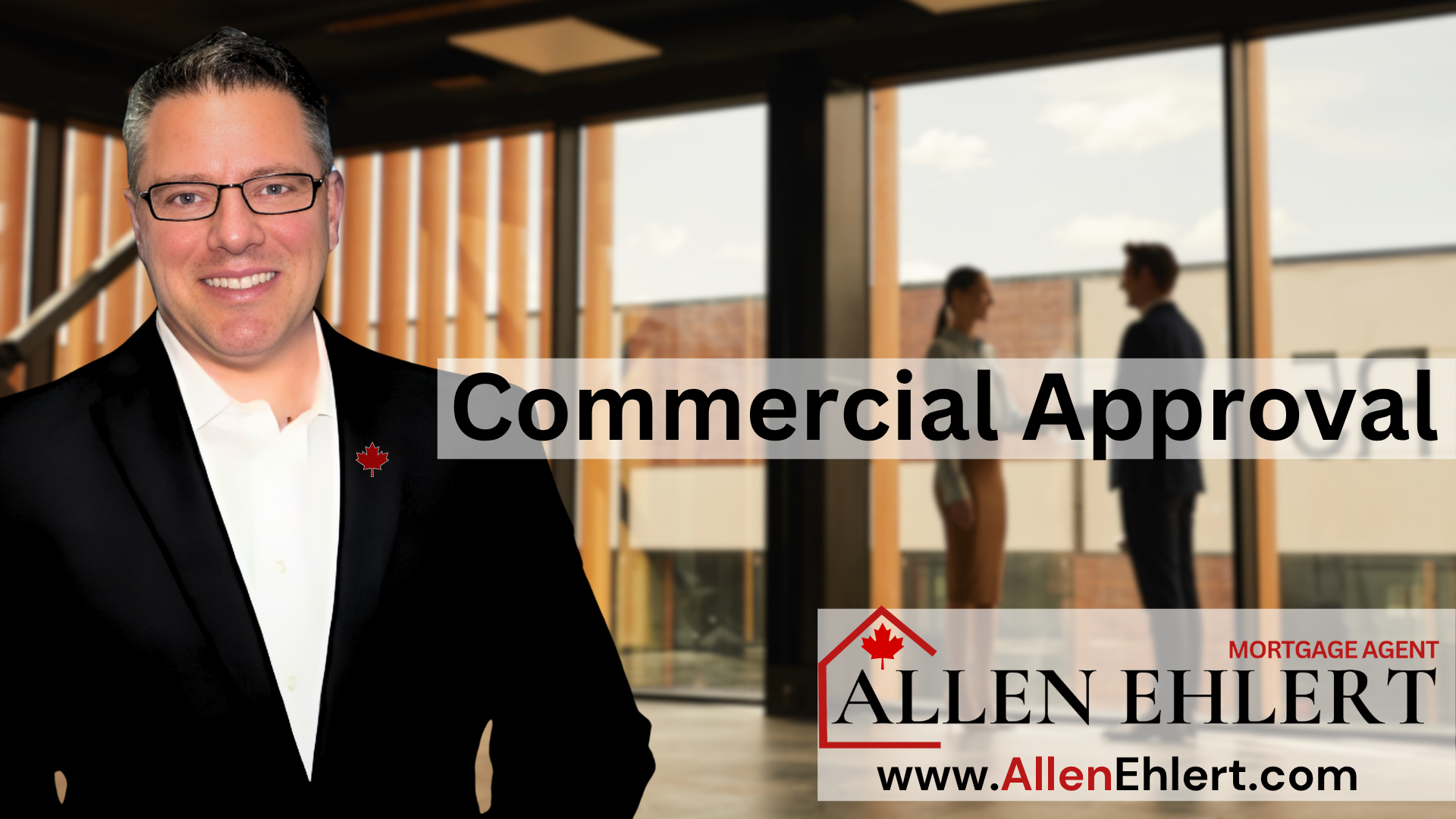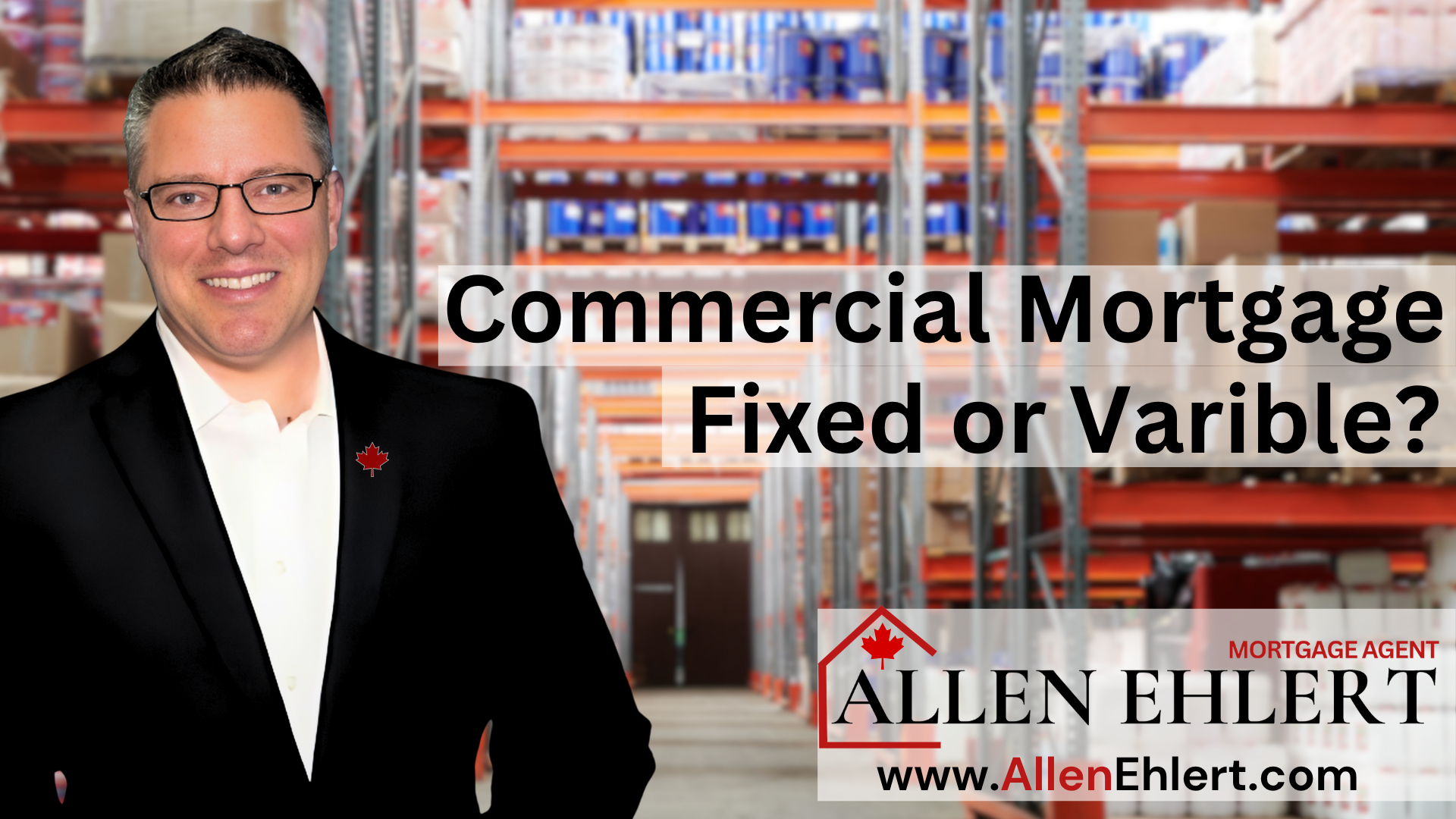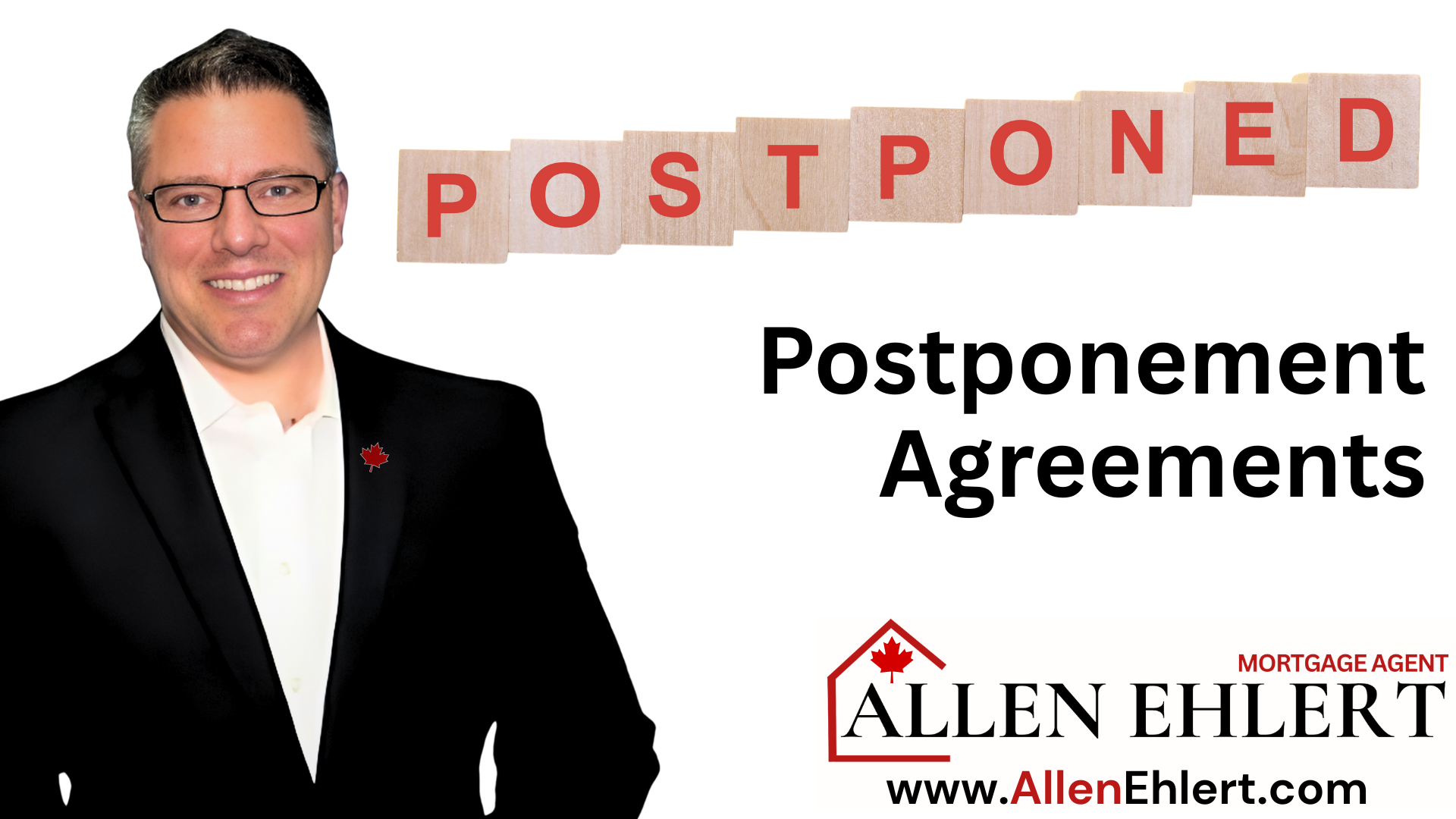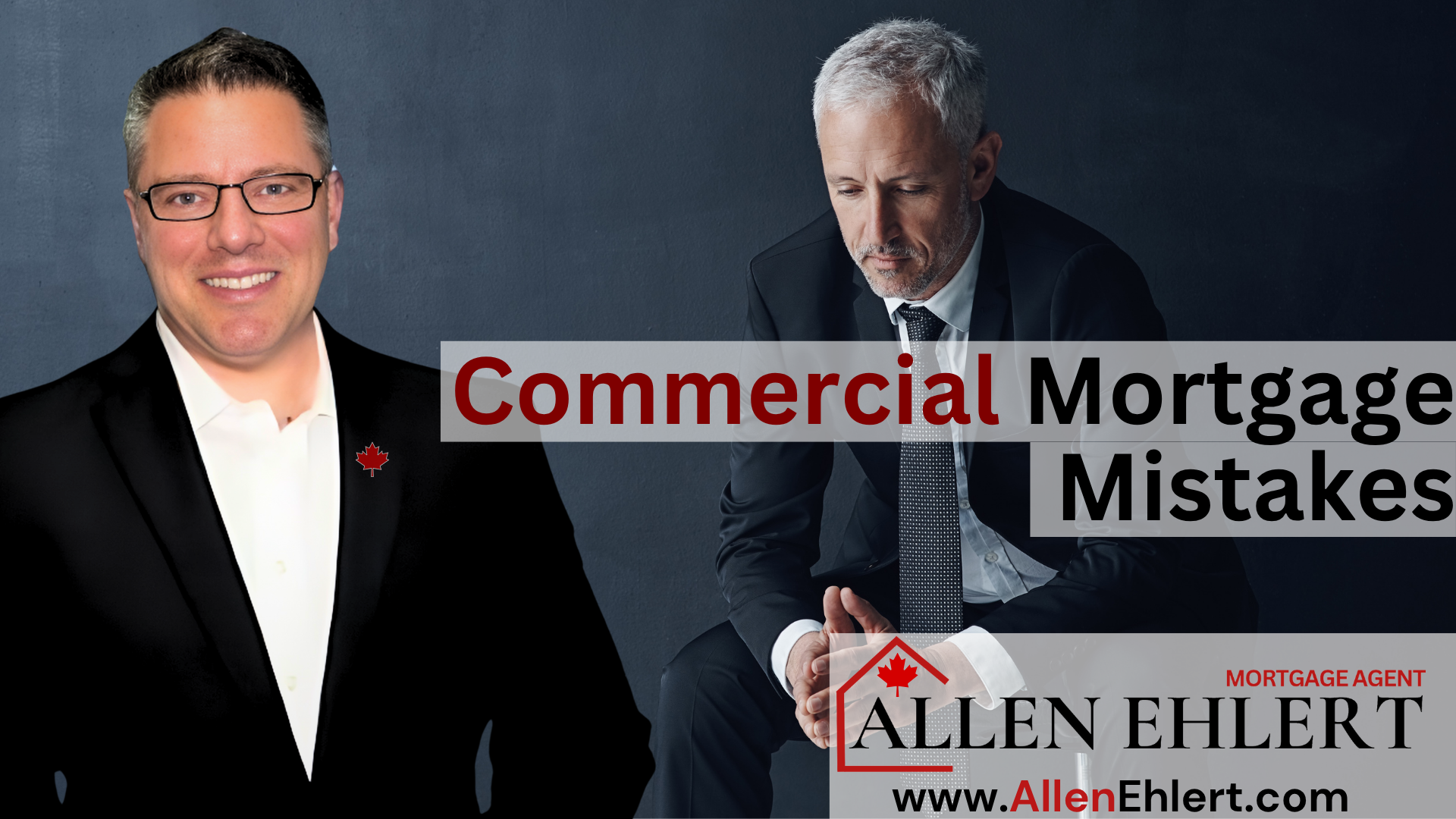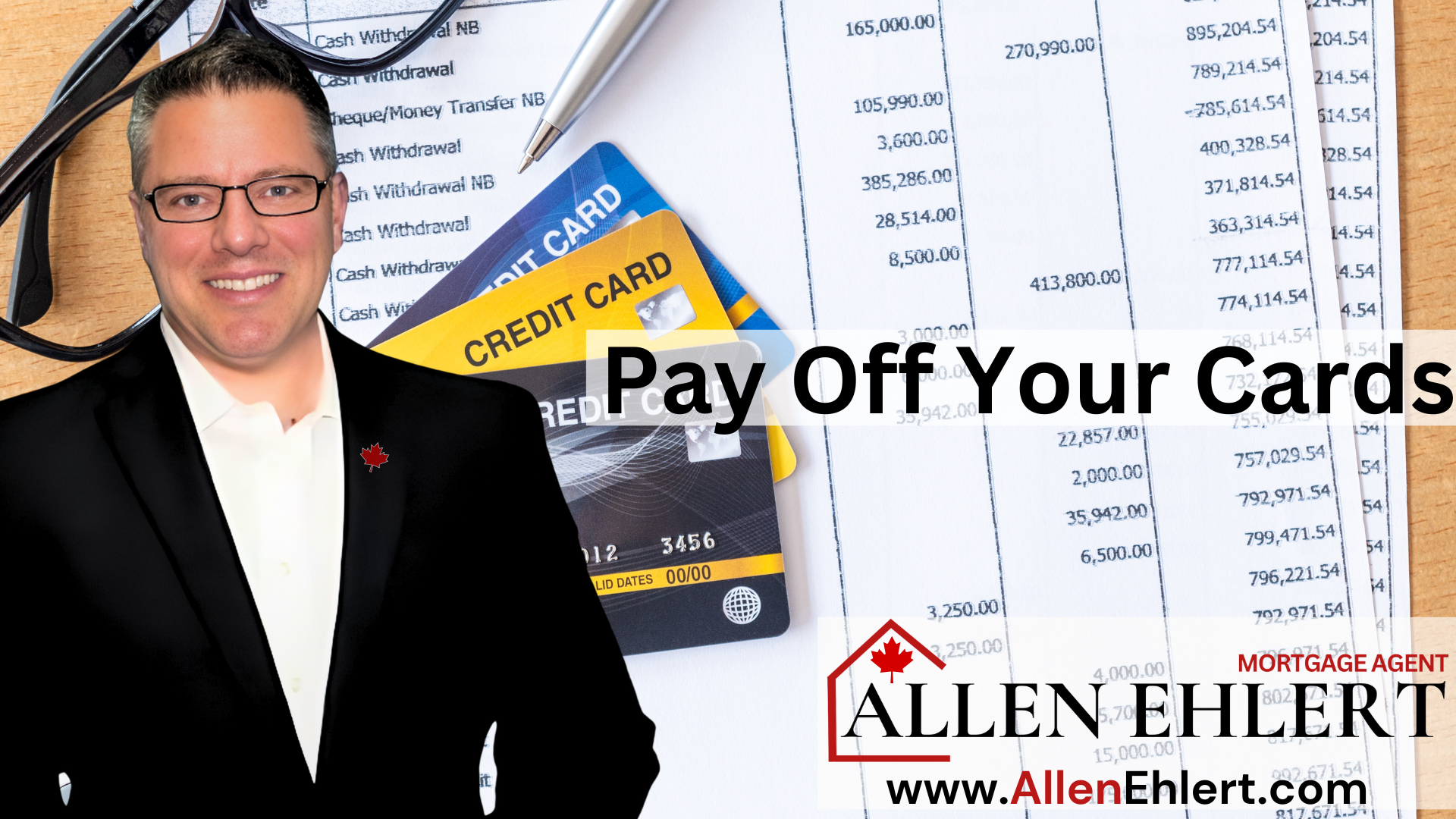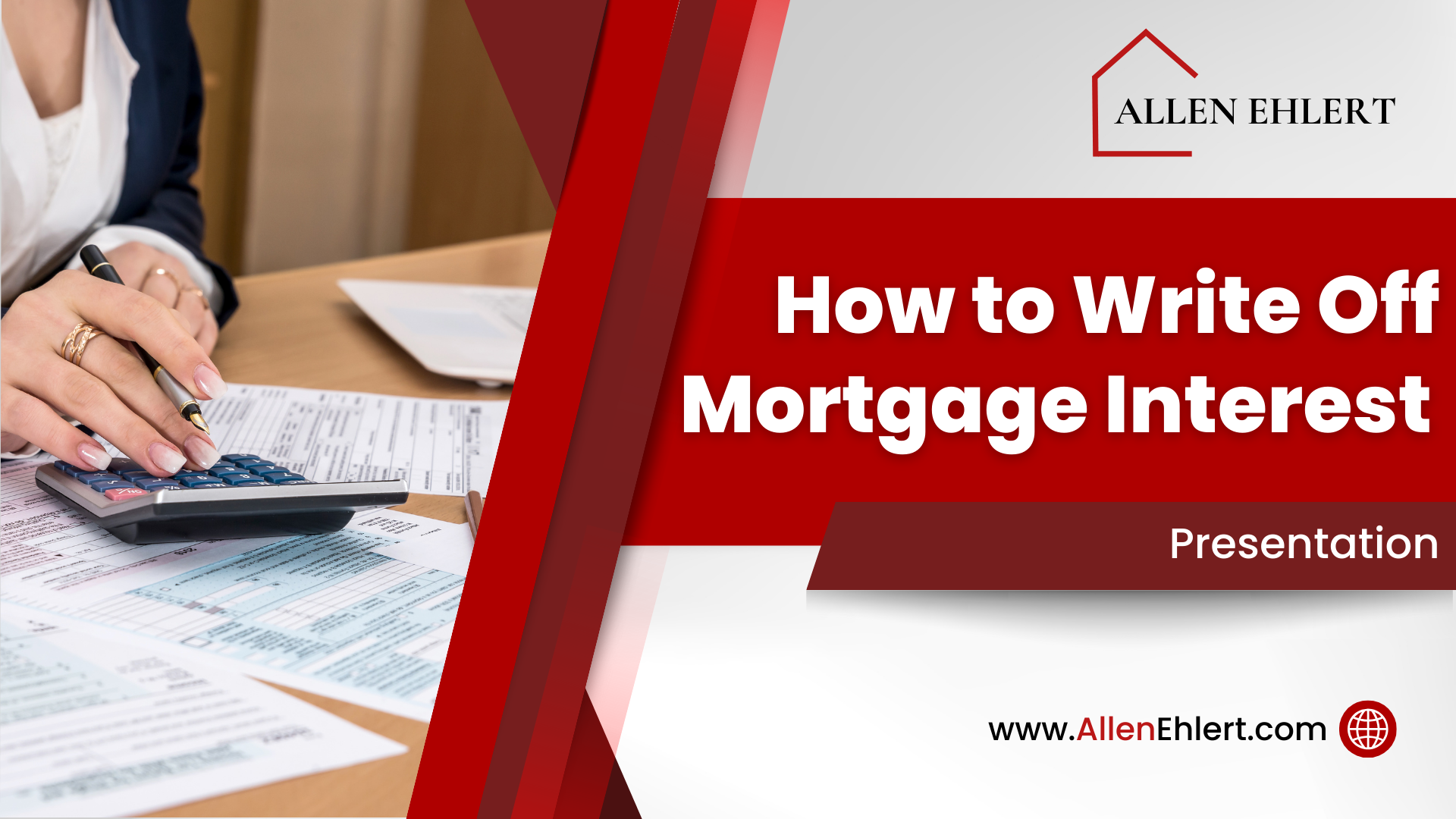…How to Finance Buildings with Both Residential and Business Tenants Without Losing Your Mind
Mixed-use properties are everywhere — think of those buildings with retail on the ground floor and apartments up top. They’re smart investments because they give you multiple streams of income under one roof. But when it comes to financing these properties, things can get a little murky.
I get asked this all the time: “Allen, can I use a commercial mortgage to finance this mixed-use building?” The answer? It depends. It depends on how the building is used, how it’s structured, and how lenders see the deal. Sometimes it’s a residential mortgage with a twist. Other times, it’s full-on commercial financing with stricter terms and bigger down payments.
If you don’t understand the rules, you might waste a lot of time barking up the wrong lender’s tree. So, let’s break it down — in plain English — so you can get clear on what’s what.
What I’m Covering:
When Does a Mixed-Use Building Require Commercial Financing?
How Lenders Evaluate Mixed-Use Properties
What Financing Options Are Available?
How You Can Put This Knowledge to Work
What Is a Mixed-Use Property?
A mixed-use property is exactly what it sounds like: a building that combines residential and commercial space. The classic example is a storefront on the main level with apartments upstairs.
You’ll also see these in the form of live-work units, medical buildings with residential suites, or even office spaces blended with residential condos. The key is that there’s income coming from both sides of the fence.
These properties can be great investments because they spread out your risk — if the retail tenant leaves, you’ve still got the apartments. If a residential unit goes vacant, the business tenants help cover the mortgage.
When Does a Mixed-Use Building Require Commercial Financing?
Here’s where people get tripped up: not all mixed-use properties automatically need a commercial mortgage.
It depends on the breakdown between commercial and residential use. Lenders look at:
- Percentage of income from residential vs. commercial tenants
- Square footage split between the two uses
- Zoning and property designation
General rule of thumb:
- If more than 50% of the income or space is residential, you might still qualify for a residential mortgage (which typically comes with better rates and lower down payments).
- If the commercial side dominates — or if the property’s primary use is business-related — you’re heading into commercial mortgage territory.
Each lender has their own criteria, but this is a solid starting point.
How Lenders Evaluate Mixed-Use Properties
Regardless of whether it’s residential or commercial financing, lenders are going to dig into a few key areas:
For the Residential Portion:
- Current rents
- Lease terms
- Vacancy rates
- Market rental comparables
For the Commercial Portion:
- Tenant strength (national brands vs. mom-and-pop shops)
- Lease length and terms (triple net leases are a big plus)
- Business type (stable industries get better treatment)
And then, of course, they’ll look at:
- Overall cash flow (Net Operating Income or NOI)
- Debt Service Coverage Ratio (DSCR)
- Location and future marketability
If it’s a fully stabilized, income-producing building with solid tenants, your financing options improve dramatically.
What Financing Options Are Available?
Here’s how financing typically breaks down for mixed-use properties:
Residential Financing (with a commercial component):
- Lower rates
- Smaller down payments (as low as 20%)
- Up to 30-35 year amortizations
- Easier qualification if residential dominates
Commercial Financing:
- Higher down payments (25-35% or more)
- Higher rates (risk-based pricing)
- Shorter amortizations (20-25 years)
- More complex underwriting (rent rolls, leases, NOI, DSCR)
CMHC-Insured Financing:
- Available for multi-residential properties with minimal commercial exposure (usually under 20-25% of space/income)
- Lower rates, longer amortization, smaller down payment
- Great for apartment buildings with a tiny commercial slice
The financing route you take depends on how your property lines up with these categories.
How You Can Put This Knowledge to Work
Let’s say you’re eyeing a building with a coffee shop downstairs and three apartments above. The apartments bring in 70% of the income. You might still qualify for a residential mortgage with a small commercial allowance — saving you on down payment and rate.
Or maybe you’re buying a small retail plaza with four commercial units and two apartments. Now, the majority of income and use is clearly commercial, so you’re looking at a commercial mortgage structure.
Knowing which side of the line your property falls on helps you:
- Prepare the right documents
- Approach the right lenders
- Set realistic expectations on rates and down payments
Allen’s Final Thoughts
Mixed-use properties are fantastic investments, but financing them isn’t always black and white. The trick is knowing whether you’re playing in the residential or commercial sandbox — because the rules, requirements, and rates change depending on which side you’re on.
Get clear on the breakdown. Know your income streams. Understand your lender’s appetite. That’s how you avoid surprises and set yourself up for success.
And this is exactly where having the right mortgage agent (that’s me) makes all the difference.
How I Can Help
As your mortgage agent, I help you cut through the confusion and figure out exactly how to structure your financing for mixed-use properties. I’ll help you:
- Assess whether residential or commercial financing is best for your deal
- Prepare the right documentation for lenders
- Connect you with the lenders who understand and love mixed-use assets
- Negotiate terms that fit your long-term goals
- Guide you through the entire process so there are no surprises along the way
Whether you’re buying your first mixed-use property or adding another to your portfolio, I’m here to make the financing process simple, clear, and strategic.
Let’s chat about your next project — and how we can get it done right.




